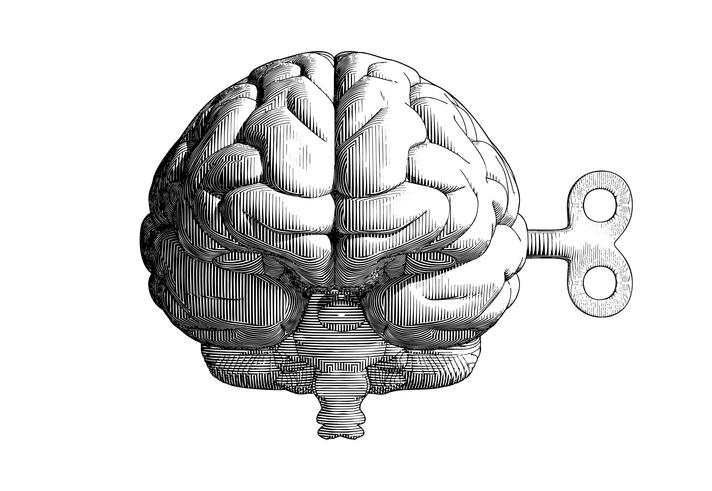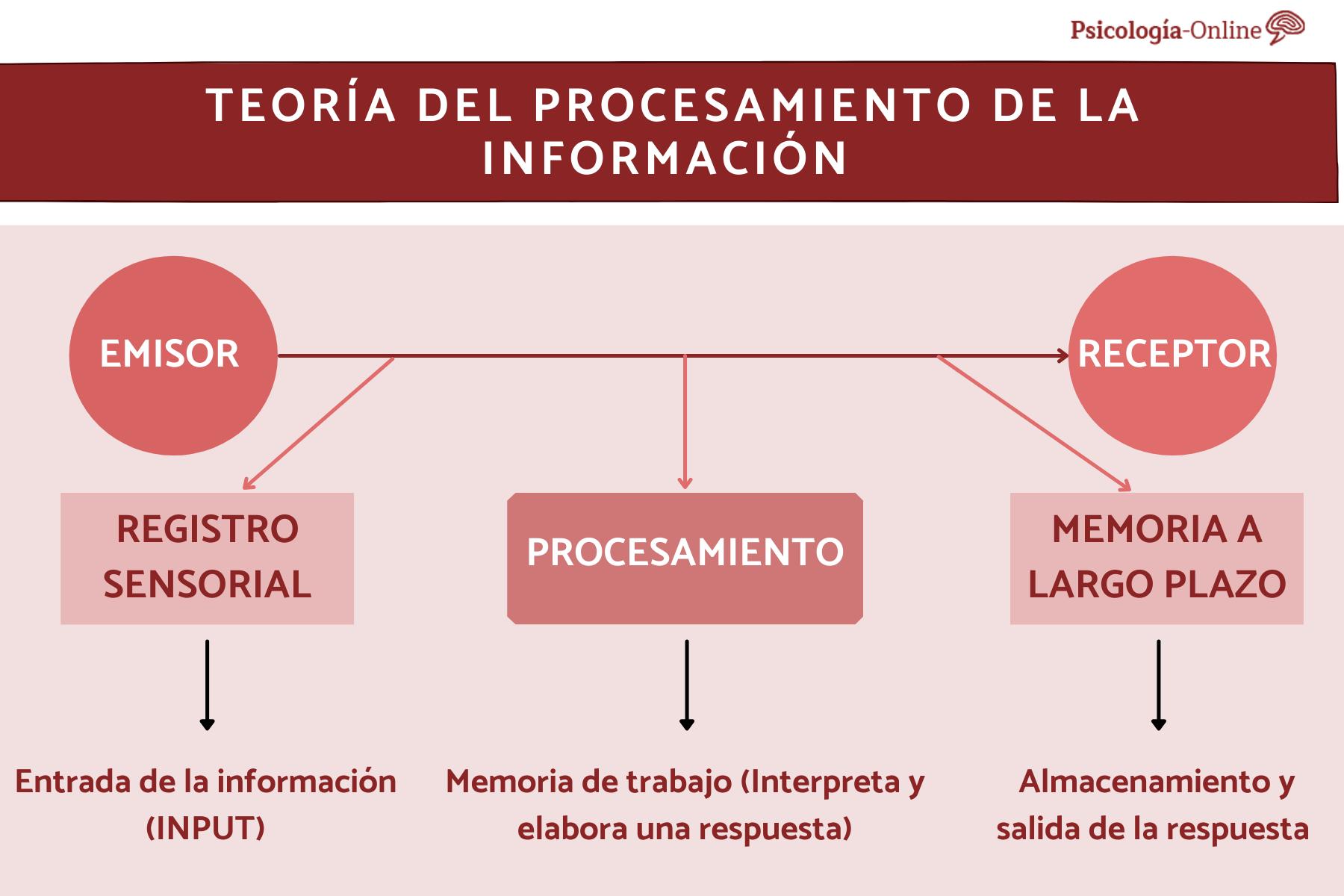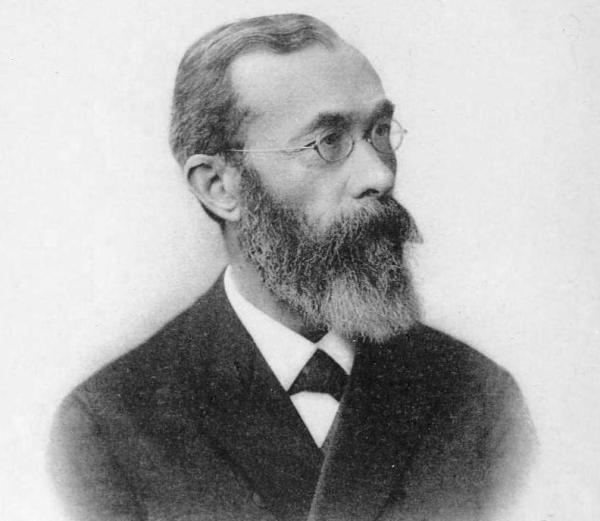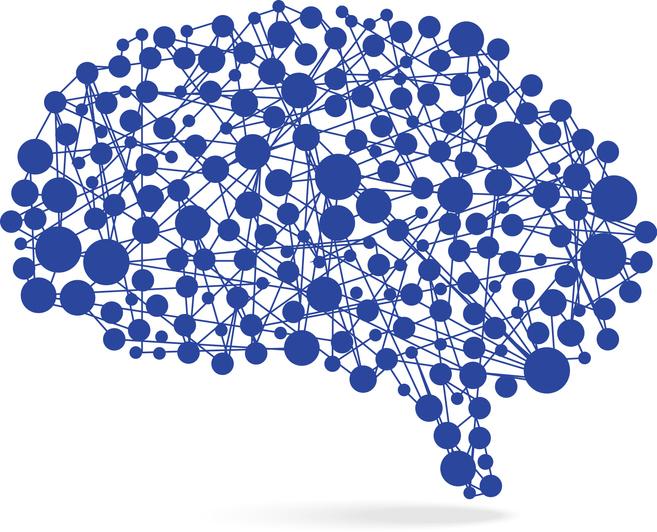Cognitivism appeared in the sixties with the research of U. Neisser, who made the first theoretical formulation in Cognitive Psychology (1967), has expanded with the research of A. Collins, GA Miller, D. Norman, G. Mandler, DE Rumelhart, JS Bruner, to lead to a first doctrinal corpus with H. Gardner in The science of the mind (1985) and with M. Minksy with The society of the mind (1986), where the cognitivist position recognizes its debt to philosophy, anthropology, neuropsychology, computer science and cybernetics.
Therefore, cognitivism is not a psychological school, but rather an orientation that goes back to the different psychological currents and schools, especially opposing behaviorism. Through this PsychologyFor article we are going to see the different cognitive theories, what they are, types, examples, definitions and authors<
Cognitive learning theories
First of all, we will see the definition of learning from cognitive theory. According to cognitive theories, Learning is a cognitive process that has its origin in the need to build and structure what is real implicit in the interaction between the self and the environment, and is studied by analyzing the changes that occur in the person’s cognitive structures and personality.
Cognitive psychology, in fact, shares with behaviorism the conviction that the study of learning must be objective and that learning theories must arise from experimental evidence< While, however, behavioral theories study learning as a "molecular" fact, analyzing stimulus-response connections, cognitive theories study learning as a "molar" fact, analyzing changes in the cognitive structures of the subject and personality. her.
According to Jerome Bruner, cognitively oriented psychologist and pedagogue, each individual has intrinsic motives to learn, a concept that remains valid taking into account the cognitive motivation phenomena that may be conditioned for adults. Bruner defined learning as the phenomenon of “getting information from someone using another person’s mind,” an act of discovery, not a random event. It involves the expectation of finding regularity and reports in the environment, so solving problems through structured research strategies is an integral part of learning new notions. However, it must be added that, when the relationship between motivation and learning is examined, multiple factors intervene that determine, according to various elements, the success of learning. Cognitive theories particularly emphasize the constructive nature of the learning process ; Hypertextual patterns allow the subject to learn who perceives himself as a builder of the learning domain. In this article we talk about learning theories according to Bruner.
Cognitive matrix teaching methods aim to give students the possibility of observe, invent, discover cognitive strategies adapted to the given context. The teacher, offering ideas and feedback, builds a structure that will be useful for each student to autonomously control their learning processes. Educational and teaching systems based on cognitivism focus, therefore, on the student’s transmission of mental models that they must follow, acquiring cognitive skills and cognitive learning that allow them to act effectively.
In this article you will find more information about Piaget’s cognitive learning theory and cognitive development theory.
Cognitive theories of emotion
Fritz Heider (1958) seems to be the pioneer of cognitive theories of emotions, indicating the link between emotions and cognitive states and highlighting their reciprocal influence. Cognitive processes condition our emotions and vice versa<
- For example, if an individual has admiration (pleasant emotion) towards another, he or she may begin to believe (thoughts) that he or she has numerous virtues.
- On the contrary, if you experience, for example, envy (unpleasant emotion) towards the other, you may attribute (thoughts) various negative characteristics to them. Therefore, our knowledge can be conditioned by the presence of an emotion.
The basis of modern cognitive theories of emotions can be found in the Magda B. Arnold (1960), who, in addition to having had a direct and indirect influence on later theorists, suggested that the evaluation (appraisal) of an event is the basis of any emotional reaction< Emotions, with all the physiological changes related to them, begin with the cognitive evaluation of what is happening in the environment (situational background) and the same situation can provoke different emotions in different people, depending on the evaluation made. Hence, cognitive therapy aims to modify interpretations, thoughts and beliefs to generate other types of emotions accordingly. In this article about cognitive-behavioral therapy we talk about cognitive techniques.
In the 1980s, more and more cognitive psychologists began to study emotions, until then the predominant interest of the psychodynamic tradition. Thanks to this attention, theories of emotion evaluation multiplied, and an illustrative example was the model Stimulus Evaluation Check (SEC) by Klaus Rainer Scherer (1984). The author proposed a network for the study of the evaluation process (appraisal) of an event-stimulus, very important since in relation to it the emotional reaction would be had. The multiplicity of elements that occur in the process of evaluating the event, by the individual, would explain why the same eliciting situation can produce different emotions in different people. Later, Scherer himself (2001) revised his model, formulating the sequential control theory of emotion differentiation<
In the same years, Ortony, Clore and Collins (1988) also studied the contribution of knowledge to emotional processes. From their theory, in which they also examine the relationships between events, agents and objects, we bring the idea that there is a kind of chain reaction that starts from targeting (conscious or unconscious) of the individual in an event, which inducing an emotion, prepares you for action<
Cognitive theories of motivation
The basic needs theory prepared by McClelland marked a milestone in the study of the cognitive determinants of motivation. David McClelland identifies three main reasons:
- The need for success (or success) reflects the desire for success and the fear of failure.
- The need for belonging It combines the desire for protection and sociality with the fear of rejection by others.
- The need for can It reflects the desire for dominance and the fear of dependence.
Individuals differ in the strength of each of these motives, furthermore, situations vary in the degree to which they are related to and stimulate one motive or another. A significant role is attributed to the cognitive processes that catalog the stimuli in relation to the motives, determining the nature and intensity of the motivational vectors, the implicit motives that drive action, originate in external incentives that trigger specific emotional reactions. Subsequently, with learning, a cognitive scheme is developed that organizes these emotional reactions into positive and negative categories, thus outlining the stimuli to look for and those to avoid. With experience and learning, an increasing number of situations are associated with these strong incentives, consolidating the motive and transforming it into explicit motivation<
The Weiner’s attribution theory It is based on retrospective judgments about the causes (internal or external) attributed to its benefits.
- People who attribute their achievements to their personal abilities, and their failures to insufficient commitment, perform more difficult tasks and persist despite failures.
- Otherwise, those who associate their failures with capacity deficits and their successes with situational factors will tend to have little commitment and will easily give up at the first difficulties.
The expectancy-value theory (JW Atkinson, VH Vroom, Fishbein and Ajzen) , in its various formulations, links motivation both to the expectation about the occurrence of certain results and to the attractiveness of such results. What distinguishes the different models is the type of motivation to which the theory is applied: for Atkinson (reproposing Mclelland’s theory of basic needs) the motivation to success, for Ajzen and Fishbein the subjective norm, for Vroom the conviction that the behavior is achievable with commitment. In this article we talk about Vroom’s expectancy theory.
Lastly, the theories focused on conscious goals They are based on the ability to set stimulating goals and evaluate your own results is one of the main motivation mechanisms. The motivation expressed through the search for stimulating standards has been confirmed in the field of research on the choice of objectives (theory of goal setting by Edwin A. Locke and Gary P. Latham).
Cognitive theories of personality
Cognitive theories of personality began to develop in the second half of the 1959s, had a broad expansion in the 1960s and 1970s and then became a current reference model that is also widely followed in the therapy of personality disorders.
A first relevant theory, partially assimilable to the new cognitive approaches, is the one developed by George R. Kelly : his theory of personal constructions states that personality is an integrated organization based on schemes or constructions through which the individual knows, interprets and modifies in the relationship with the environment. The individual is a kind of scientist who lives life as an experiment, with predictions and verifications about the effects of his own behavior. Kelly’s theory found wide application in clinical psychology and psychotherapy.
Also research on the cognitive styles by Hernán Witkin and collaborators (1954), by Leon Festinger on the cognitive dissonance (1957), by George S. Klein on the cognitive control of motivation, and by Fritz Heider on attribution (1958), contributed to the cognitive shift in the study of personality in the 1960s.
The internal debate of personality theories on the given relief or structure of the person or the environmental situation was oriented towards the conception of a dynamic interaction between person and environment guided by expectations, goals, schemes, constructions and the self-regulation of the individual. The most important contributions in this historical evolution towards a interactionist theory on cognitive foundations are those of Albert Bandura and Walter Mischel< In this approach, in which the person and the social environment are in interaction, the spillover of personality psychology into social psychology, and vice versa, is inevitable.
The attribution theory prepared by Heider and developed by several psychologists, it was proposed at the same time as an explanation of both personality and social behavior: the topic of social representations constitutes an example of a current research area in which individual cognitive processes and social contexts intersect.
This article is merely informative, at PsychologyFor we do not have the power to make a diagnosis or recommend a treatment. We invite you to go to a psychologist to treat your particular case.
If you want to read more articles similar to Cognitive theories: what they are, types and examples we recommend that you enter our Cognitive Psychology category.
Bibliography
- Cantelmi, T., Costantini, B. (2016). Love is not letting go of a feeling. Psychology of emotions and moral behavior. Milan: Franco Angeli.
- Galimberti, U. (2002). Psychology Dictionary
- Ghislandi, P. (et al.) (1995). Other multimedia
- Mecacci, L. (2019). History of psychology. Give oggi novecento
- Pierlorenzi, M. (2015). Strategic learning. How to use and enhance our laugh with innovative methods to learn
- Tartari, F. (2017). Motivation
- Ghislandi, P. (et al.) (1995). Other multimedia








